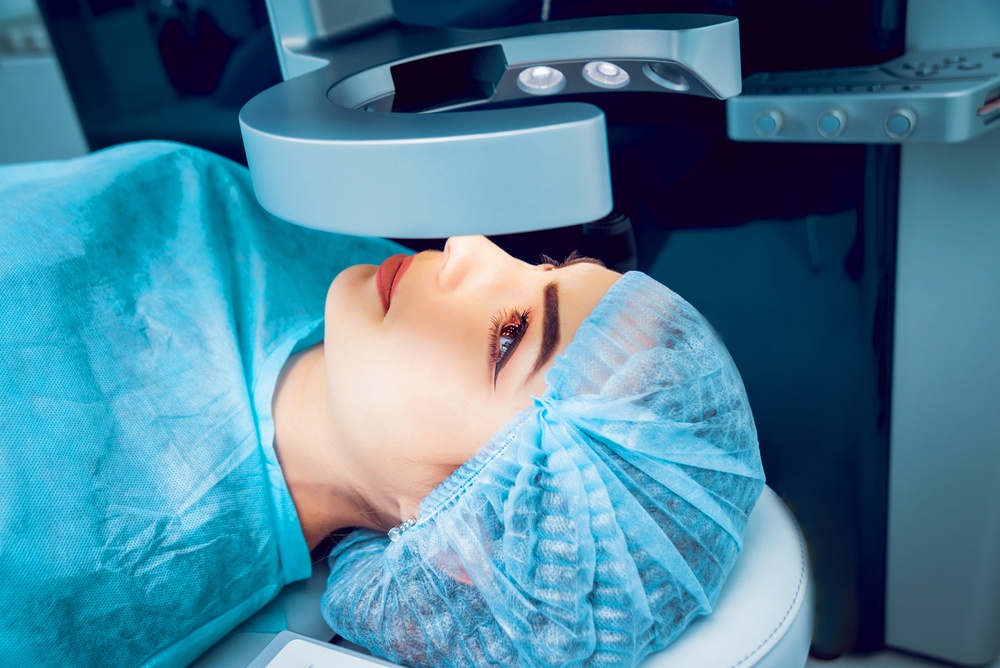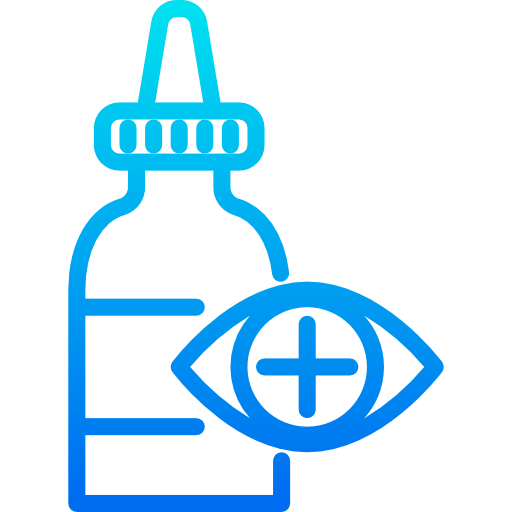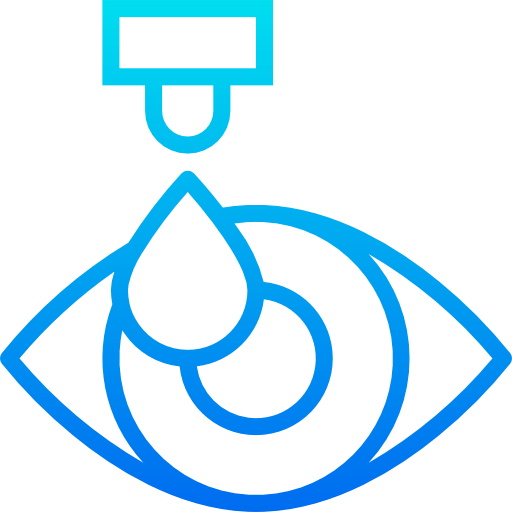To understand the difference between the two treatments, you first have to understand a bit about the concept of laser eye surgery in general.
Essentially, laser eye surgery refers to the process of reshaping the clear layer of your eye (known as the cornea) with a concentrated beam of light known as a laser. It’s often referred to as ‘surgery’, there are no incisions involved; what you’re really having is laser eye treatment.
There are two laser eye treatment methods: Lasik and Lasek. The main difference between them is how your cornea is opened to allow the laser through.
LASIK (laser in situ keratomileusis). The most common form of laser eye surgery in the UK, LASIK has helped thousands of individuals with long and short-sighted difficulties over the years. It involves taking a flap of tissue from the cornea and reshaping the surface of it using an Excimer laser.
Wavefront-guided LASIK. An updated and more accurate form of LASIK, this involves using a three dimensional computer generated image of the cornea prior to the eye being reshaped with the Excimer. This makes it very much a customised treatment.













